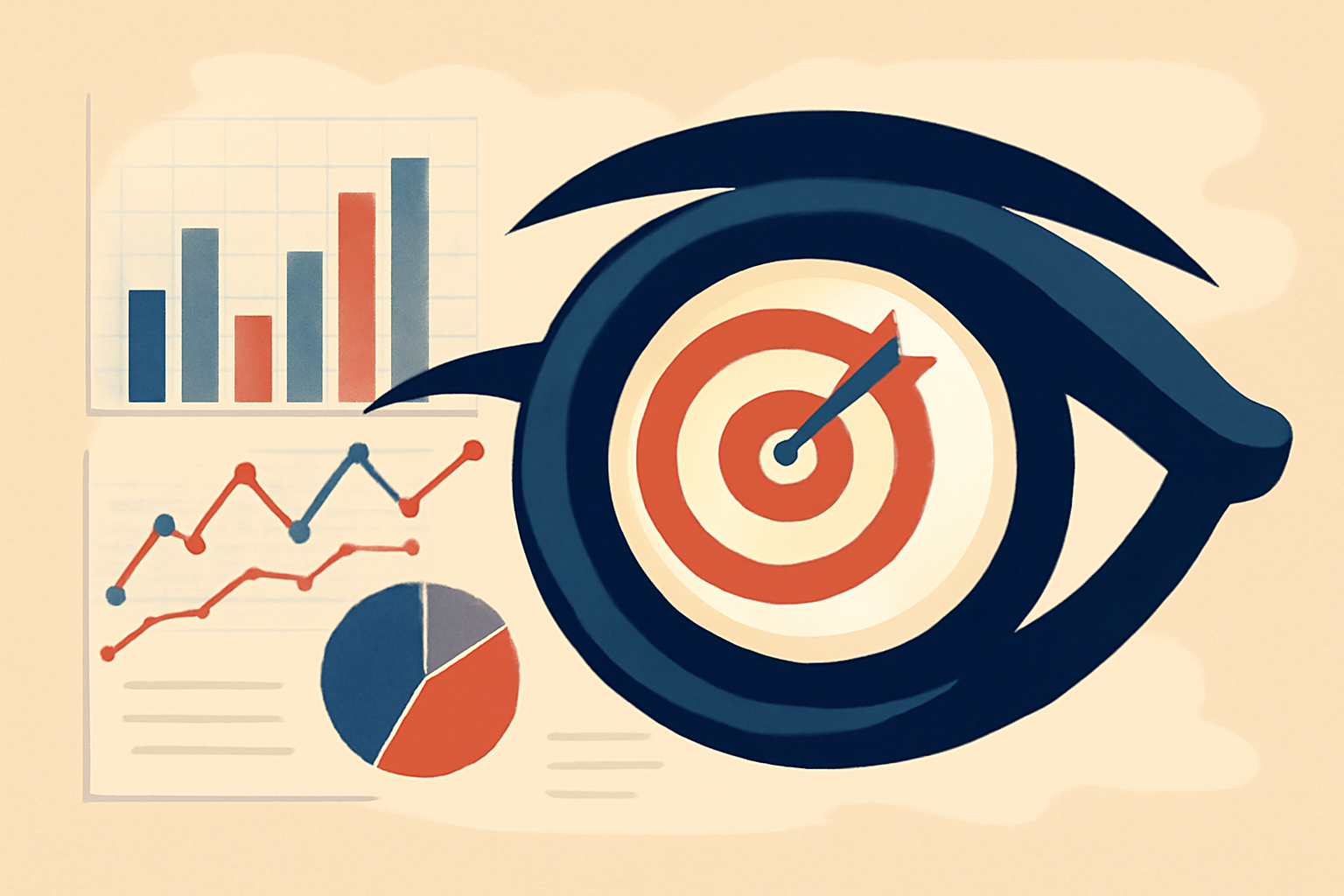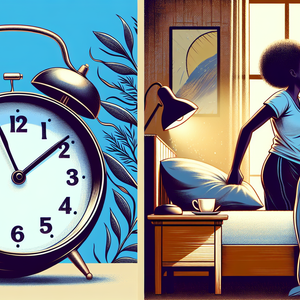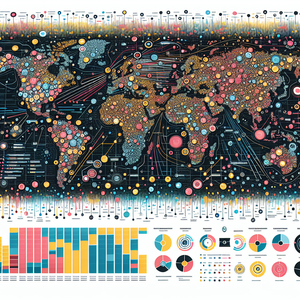From Aesthetics to Analytics: Using Data to Prove Design Impact in Startups

Traditionally, designers presented portfolios as visual showcases. In startups, however, results matter more than visuals alone. Designers must now adopt a 'design scientist' mindset—treating every project as an experiment, tracking metrics, and iterating based on data. This analytical approach is becoming a baseline expectation in tech environments.
How to Build a Data-Driven Design Portfolio
To stand out, designers should: 1) Start with a clear business problem statement, 2) Define and measure success metrics using analytics tools, 3) Show before-and-after results with data visualizations and usability tests, and 4) Tell the story behind the numbers, including challenges and learnings. This approach transforms portfolios into proof of business impact.
Real-World Examples of Data-Driven Design Impact
Leading tech companies illustrate the power of analytics-driven design: Mailchimp increased signups by 18% through a simplified flow; Airbnb boosted bookings by improving listing photos; Dropbox attracted millions of users by optimizing onboarding through A/B testing. These cases show that combining design with analytics drives growth.
Why This Matters for Designers Targeting Startups
Startups need to see design as a growth driver, not just a cost. Designers who quantify their impact are more persuasive and likely to be trusted with strategic roles. Highlighting analytical skills and business results in portfolios appeals to innovative startups and demonstrates readiness for dynamic, results-focused environments.
As startups blend creativity with analytics, designers who can prove their business impact through data are in high demand. Building data-driven case studies into portfolios is key to demonstrating value, securing opportunities, and advancing design’s role in tech’s most exciting companies.
UX Researcher (with Focus on Data-Driven Design)
Tech startups (e.g., Notion, Figma), SaaS platforms, digital agencies
Responsibilities and Skills
Conducts quantitative and qualitative user research, synthesizing findings into actionable insights for product and design teams.
Designs and analyzes A/B tests, usability studies, and surveys to measure the real-world impact of interface changes.
Collaborates closely with designers and product managers to formulate hypotheses and validate design decisions with empirical data.
Proficiency in data analysis tools (e.g., Mixpanel, Google Analytics), strong storytelling ability to communicate research findings to stakeholders.
Product Designer (Conversion Optimization Specialist)
Growth-stage startups (e.g., Stripe, Robinhood), e-commerce platforms, fintech apps
Responsibilities and Skills
Specializes in designing and iterating user flows, landing pages, and onboarding experiences to maximize key metrics like signups, retention, or revenue.
Partners with growth and marketing teams to set up and interpret experiments that demonstrate direct business impact from design interventions.
Utilizes analytics platforms to monitor performance, diagnose friction points, and propose data-backed design solutions.
Deep understanding of conversion rate optimization (CRO), A/B testing, and user psychology.
Design Operations Manager (DesignOps)
Rapidly scaling tech companies (e.g., Airbnb, Atlassian), large SaaS enterprises
Responsibilities and Skills
Implements scalable processes for design teams to integrate analytics and measurable outcomes into their workflows.
Develops frameworks for tracking design KPIs (e.g., usability score improvements, feature adoption rates) and reporting them to leadership.
Acts as a bridge between creative, product, and analytics teams to ensure design initiatives align with business goals and are properly measured.
Experience with design systems, cross-functional team leadership, and familiarity with business intelligence tools.
Growth Designer
Consumer apps (e.g., Duolingo, Bumble), startup incubators, venture-backed platforms
Responsibilities and Skills
Blends visual design expertise with experimentation and growth hacking tactics to rapidly test and iterate features that drive user acquisition and engagement.
Designs and implements hypothesis-driven experiments (e.g., new feature launches, UI tweaks) and tracks their impact on key growth metrics.
Works alongside engineers and data analysts to deploy experiments and ensure statistical significance in results.
Experience with rapid prototyping, an analytical mindset, and strong familiarity with tools like Optimizely or Amplitude.
Design Analyst
Larger tech companies (e.g., Google, Shopify), analytics consultancies, product-led startups
Responsibilities and Skills
Focuses on mining and interpreting data to assess how design choices influence user behavior and business KPIs.
Builds dashboards and data visualizations to clearly communicate the impact of design changes to both creative and executive teams.
Advises design teams on which metrics to track and how to set up experiments to measure user experience improvements.
Advanced skills in data visualization tools (e.g., Tableau, Looker), strong grasp of UX metrics, and the ability to translate data insights into actionable design recommendations.


